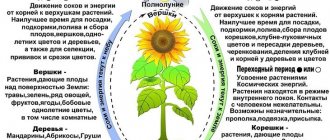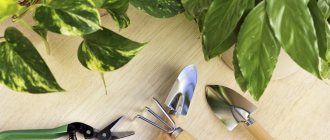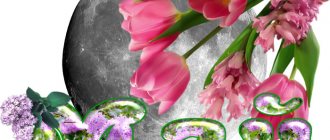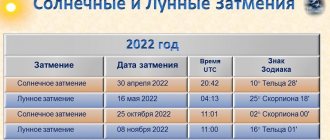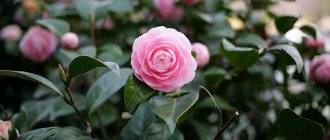It is useful for lovers of home vegetation and winter gardens to check the lunar calendar for 2022 with planting days for indoor flowers.
Following the recommendations for choosing transplant days will lead to less trauma to the roots and leaves, better growth and flowering.
The Moon is a natural satellite of planet Earth. Its influence on the life activity of living organisms on the planet has been noted for a long time. And indoor plants are no exception. From time to time, any plant requires replanting.
How and when to replant home flowers
Home flowers are replanted for certain reasons. The soil is gradually depleted and loses its nutritional properties. Even regular fertilizer applications are not able to compensate for them.
Gradually the roots develop and grow. They take up free space. This significantly interferes with air circulation. There is no room for oxygen and water drainage. If you do not replant flowers, they will stop growing and die.
Depending on the type of flowers, the frequency of transplantation is chosen.
- home crops, rapidly growing and developing, are replanted annually;
- plants that grow and develop slowly, their pot should be replaced no more than once every 2-3 years;
- change the soil of plants that are more than 6 years old every 3 years;
- tree-like shrubs are replanted every 4-5 years;
- bulbous representatives are transplanted at the end of the dormant period;
- crops with early flowering are replanted after flowering;
- for coniferous plants, the procedure can be performed during the dormant period;
- palm crops are replanted once every 9-13 years.
The best time for the procedure is from 14.00 to 20.00. It’s easier for a flower to adapt overnight than to stand on a windowsill in the light.
Depending on the situation, the type of transplantation is chosen: dividing the roots, replacing the soil, transshipment (increasing the pot). Sometimes it is advisable to replace only the top soil. If necessary, transshipment is carried out at any time. It is important to carry out the procedure carefully so as not to damage the roots. It is recommended to use purchased soil for growing flowers. Garden soil may contain bacteria and fungal spores. If you can’t buy soil, prepare the mixture yourself. Earth taken from the garden or vegetable garden is calcined in the oven at 70-90 °C.
The step-by-step transplant algorithm is as follows.
- Prepare the pot. It is disinfected. If there are no drainage holes at the bottom, then they are made.
- Lay a drainage layer.
- They take out a flower. To do this, turn it over, support the flower at the base and remove the container from above.
- Clean the roots from the soil (with a wooden stick or your hands). If there are rotten or dry areas, cut them off with disinfected scissors.
- The flower is placed in a new pot, the neck is placed at the same level as before. The free volume is filled with soil.
- The flower is watered. Do not overwater plants that do not like moisture. They only need moist soil.
Do not take new pots that are too large. The flowers will develop slowly and will not bloom soon. Sometimes the root system rots. For some bulbous flowers (hippeastrums) it is better to choose tight containers. They will bloom faster, and a large pot will encourage daughter bulbs to appear abundantly.
Moon phases
The moon revolves around the Earth. We observe its surface from different angles. She herself does not give light. Looking at the satellite, we see how sunlight is reflected from its surface. Depending on the degree of its illumination during rotation, we see the Moon in different forms, called phases. There are several phases:
- new moon. The time the Moon is between the Earth and the Sun. The body of the Moon is not visible from Earth;
- growing. Increasing the area of solar illumination of the lunar surface. Lasts approximately 14-15 days. It is easy to determine by looking at a celestial body. If you mentally draw a stick and see the letter P, this will indicate a growing stage;
- full moon. Full illumination of the satellite by the Sun;
- decreasing. Decrease in area illuminated by the Sun, visible from Earth. If the shape in the sky looks like the letter C, this is a sign of an aging Moon.
